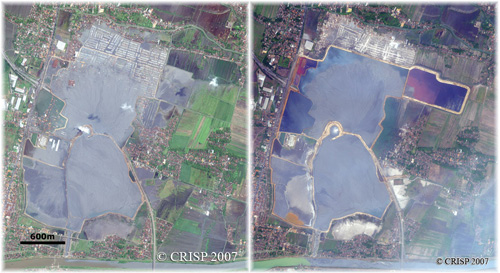Mid-ocean ridges are a fundamental component of the Earth’s tectonic engine: they mark places on the earth’s surface where two plates are moving apart, creating space for mantle rocks to move upwards, decompress, and melt. Every year, the resulting volcanic activity produces around 20 cubic kilometres of new ocean crust. However, our current understanding of the details of this process – exactly how the melt gets to the surface, and how and when it erupts when it gets there – is still rather hazy. The problem is that all the action is taking place beneath 2 or 3 km of seawater, making it quite difficult to monitor what’s going on. There are also tens of thousands of kilometres’ worth of ridge to choose from, so finding the section that are currently volcanically active is rather like trying to find a needle in a haystack – whilst blindfolded.
It follows that any information about the scale and characteristics of mid-ocean ridge eruptions is pretty valuable; and this is exactly what a new paper in Geology by Soule et al. provides us with – a nice snapshot of a recent volcanic eruption on the East Pacific Rise.





Nice plan for content warnings on Mastodon and the Fediverse. Now you need a Mastodon/Fediverse button on this blog.